Interview with OHS Zoology Teacher and Raptor Trainer Mrs. Fisher: “I don’t know everything about animals, but I will tell you everything I know about animals.”
March 1, 2022
Mrs.Fisher is one of the science teachers at Overbrook. She teaches Earth and Space, Biology, Marine Biology and Zoology. It was my pleasure to interview her and learn about her passion for wildlife.
Where did you grow up?
I moved around a lot. I was born in Massachusetts, lived there for a little bit. Then I moved to New Hampshire, then moved to Iowa in the Midwest. Then I moved to New Jersey in Cherry Hill. So coming from the Midwest was a bit of a cultural shot for me, to what seemed like a big city, for a farm girl in a herd. When I was younger we had a farm, and we always did farm things. My mother’s family still has that dairy farm. So coming to New Jersey was a big city life! I still like to do farm-like things. That’s why I still have chickens just to remind me of the farm life which I left behind.
How did you decide what you wanted to be?
I have been in official Science teaching for about ten years, and I started my educational career about twenty years ago, when my kids were in school. The school had asked me whether I wanted to be a teacher assistant or not, so I was an aid for the classroom. I realized that I always liked to help with the sciences and I can do better with it. Then I went back to school to be a science educator. I said to myself, “Now I kind of know what I want to know.” Then I ended up leaving my job in that school district because I kind of got bitter there. After that I ended up finishing my science degree in Wildlife Biology and then I ended up working with wildlife. I found out that I started teaching people about the types of research that I was doing, and the type of work that I was doing out in the field. Many people said, “Why don’t you teach?” Then I went, “I guess I should.” So I went back to teaching.
First I used to teach elementary school, then I went to middle school and then I went to high school. After going to high school I thought I could teach about my favorite thing in the world which is “Biology”. My favorite thing is always to be outdoors and it kind of ties in how I grew up. I grew up outdoors, I grew up with nature around me. I always wanted to be a veterinarian when I was a kid and I kind of got to do a few things like that along my path. Now I get to teach about it to future vetranaians, future doctors, or future biologists. That’s what’s rewarding is to see and meet new people. I really enjoy bringing those real life experiences to the classroom.
What kind of science classes did you take in Wildlife Biology?
Anytime I had to take an extra elective outside my art or history class, I always chose to have science electives. I took herpetology (study of amphibians), parasitology (study of parasites and parasitic disease), ichthyology (study of fish), marine biology (study of marine animals), ecology (study of the relationships between living organism, including humans and their physical environment) and ornithology (study of birds).
My research was on stem cells, valve replacement. Stem cells may be used to help replace the damaged heart tissue and valves and establish new vessels to supply them with blood. Stem cells could also be used to build new heart tissue, even whole new hearts. The issue was, at the time that I was doing my research, only artificial and pig valves were offered as a replacement while also being a highly invasive procedure. My son knows that a valve replacement is needed in his future, but did not like the options that were available in 2010. So I studied work on the horizon. Extracellular matrix (ECM)- provides a scaffold for stem cells to grow and be supported. It was a possible solution to valve replacement back then, but as I look into new research, it seems they are getting closer to making a functional valve.
One of my favorite research projects was where we had to test the handedness of snakes. So people are either left handed or right handed, but snakes do not have hands, and our research was to identify whether they exhibit handedness or not. It was a silly experiment, but it is documented. We fed multiple species of snakes. We would feed them once a month, and when we fed them they would strike and coil. When they coiled, they would always coil in that same direction every time we fed them. If some coiled to the right, everytime they got fed they would coil to the right. Sometimes, every time they were fed they coiled to the left. So snakes have that, “Are you left handed or right handed?”
I had my masters in education (M Ed). I graduated masters with a focus of supervision and administration, so technically I could be a principal. But, I don’t want to be. I want to be in the classroom and I want to teach things that I love. I want to teach future scientists and that is my reason for returning back to the classroom.
Besides teaching, what other things interest you?
I like to go hiking with my dogs. I still work for the Cedar Run Wildlife Refuge. I have been there for eleven years. My speciality is raptor training-handling and animal ambassador. I do that during weekends. Saturdays are my days for that. I work in the emergency wildlife hospital where people bring injured and orphaned wild animals, such as raccoons, skunks, foxes and opossums. If an animal gets hit by a car and when people bring them in, I am the first person to take care of that animal before it goes to surgery. I have to stabilize the animal and clean it up. Sometimes I have to perform euthanasia. That was one of my jobs to do too. Not all animals can be saved, and it is a tough job to euthanize. When you see an animal broken in too many ways that you cannot fix it, it is always tough to euthanize them. Other things that I do is feed the animals, maintain enclosures, shovel gravel into enclosures and make sure that they are healthy and give them checkups.
During summer I work for the Center of Aquatic Sciences, they are at the Adventure Aquarium. In the aquarium center I do education outreach, that’s what it’s called. I end up taking animals to places like schools, camps, and libraries and do one hour long sessions of educational programs, or I would do virtual sessions. Subarus are where we travel around. The subaru is absolutely ridiculous looking, it has jellyfish on it. We take things out like sea stars, sea urchins, sharks, snakes, alligators and frogs. People like to learn about animals and I like to teach them about it. So I found these organizations. I also used to work at the touch tanks at Adventure Aquarium, but then I found that I like taking the aquarium to people that could not get to the aquarium. Most of my programs were up in North Jersey and I had to drive long hours to reach them.
What kind of difficulties do you face while working with wild animals?
There is always the possibility of being injured. I think the injuries are the worst part of these jobs. It is like you know you have the risk of being injured working with wild things but it is not the wild things’ fault. So anytime I am injured, it just means that I was not doing the right thing, I was not looking at the animal’s behavior before I got hurt. When something tragic happens such as when a dying fox comes in or a raccoon that was just hit by a car, I have to act very quickly and just be ready for anything. We have experienced turkeys that come in with arrows sticking out of them. It is like you have to make sure that you have your head straight up and make sure that you can deal with the public. It’s usually the public that finds these animals and they end up being very upset. This is because they have not experienced these kinds of tragedies before. So I think it is also the hardest part of this job; dealing with the public and knowing that their support is what keeps these organizations going and making sure that they are heard and felt valuable, making them feel like they are making a difference when they are helping wildlife.
Sometimes when I go out on Saturdays, I say “Why does my bird have a broken toe now?” This can be a terrible thing. They might have a crack in their beak or a broken feather, and birds when they have broken feathers they can bleed out. We have to make sure that these little things are taken care of. I go in during weekends and assess how the care has been over the week and kind of check up on everybody.
How many animals come in everyday at Cedar Run?
From 9 o’clock in the morning to 9 o’clock at night, about forty animals a day come into the animal hospital at Cedar Run. About six thousand animals come per year. Visitors at Cedar Run could be a hundred each day. Throughout the week there are a few home school programs and they usually have about fifty people walk through. People mostly come to the hospital.
Is there any memorable experience that you would like to share while working with wild animals?
There are lots of them. Every animal that I come across has its own story. But there is one exceptional story.
A guy calls me up at the hospital, he is freaking out. He is on the phone and says, “I found a bald eagle and it got hit on the side of the road.”I went “Okay, calm down.”He goes “ What do I do? What do I do? I said, “It’s an eagle, and it has talons, so you have to be careful.” I asked, “Do you have a jacket, towel or any kind of blanket or something?” He says,“ I have something.” Then I told him to wrap it and bring it over to the hospital. So he came into the hospital and said, “It’s still in the car. It’s fainting.” “It’s not doing good.” “Help! Help! Help!” I ran towards the car and I have college students that are interning and they are all excited to see their first bald eagle. So this guy is so upset; he says his eagle is dying. It was under the front seat right where you would put your feet. It’s all wrapped up in a blanket, towel or something. He goes, “Is he still alive?” I am like, “I don’t know.” I just picked it up and came in. Everybody was standing in my way to see this bald eagle. I put it in a condo, it is kind of a big cage in the animal hospital. I put it in and I have all interns staring at me. Then I went, “It’s a turkey!” I did not think it was a bald eagle the whole time, but I loved thinking that it was a bald eagle and I did not tell him. So that was very memorable.
What kind of experience does one have to have in order to work with wildlife?
To be able to talk to others respectfully, to work in a team environment and be ready for anything. It is also important to be flexible because what you plan to do with your day is not going to be done during that day. You can get lots of experience with animals by volunteering. We have hired volunteers without degrees but a degree in animal science is certainly going to be beneficial. We also have vet techs which have associate degrees. So it’s not necessary, but it is definitely helpful.
In the aquarium center it kind of depends what the position is that you want. If you want to work upstairs at the aquarium, they prefer to have people with animal experience. They actually like theater people because they can communicate with big crowds. When being downstairs with the Center for Aquatic Sciences, I have the science background to help them with the research that they might be conducting. But, I also have the education background to be comfortable talking to people no matter where they are from. So I can talk to kids, big kids, adults and make sure that I am educating different levels. They want to make sure that people are flexible while doing education programs. So maybe the words that I would use in a high school class, I would change those words to say to a first grade class. I would still teach the same content, but I would use different terms to help them make connections.
What frustrates you the most when it comes to teaching?
I don’t know. I just think about all the stuff that I have to do before I can get into teaching. I have to know a week ahead of time what I am doing to make sure I have earthworms. I had to know last year that I had to order earthworms for this week. Planning could be frustrating but it is important to plan. I don’t have frustrations with anything in school, it’s just frustrated with myself that I can’t get myself organized. That’s what’s really frustrating, is to make sure that all the information is out there, is to make sure that everything is organized.
What questions do you expect to get asked by people?
People ask, “Why do you teach?” I hope I am that kind of teacher where I can say, “Hey, you are good at something.” I hope I treat my students as valuable people, not just students. I want to treat my students in a way that they do feel valued. I try to see everybody as individuals, and try to recognize the talents they have. That’s why I really think I overall became a teacher.
As a science teacher they ask the craziest things. Once people find out I am an animal person, they just ask me anything about animals. I am like, “I don’t know everything about animals, but I will tell you everything I know about animals.”
“Every individual matters, every individual has a role to play, every individual makes a difference.” This quote by Jane Goodall, what does it mean to you?
Jane Goodall was one of the first women of science that I was introduced to. Her research was with gorillas and chimpanzees. She was chosen for her award because she was very compassionate. She found herself in a position where she could make the world better. Her research portrayed that no matter how big or small people thought about wildlife, especially the gorillas; she found that they can communicate, she found that animals talk to each other, they have their own language, they have dynamics that are similar to us.
Even though I think of this as Jane Goodall, every individual matters, this goes for animals, every individual has a role to play that goes with ecosystems and every individual whether it is a plant, insect or whatever, makes a difference; but then it also translates into education. So if you go through a regular school day and think of parents, teachers, students and everyone in school, just all the things that we go through throughout our day, all of you matter. All of you are part of what we are doing right now and each and every one of you make a difference in somebody’s day. Not only does it translate to ecosystems, science and animals; think about how many different people that we come across in our daily lives, that’s why I picked this quote for my education tagline.
It ties into research, but it ties into our day. She always speaks in kindness, instead of saying,“Stop being like this.” She is like, “You matter, everyone matters, it does not matter the differences among us, we are all part of what is happening right now.”
We can choose to make a difference and everything that we do does make a difference whether it’s positive or negative. Just imagine kindness to animals, some people are not kind to animals. But then you think about kindness to the person sitting next to you, and the person that you have never met and the person in the lunchroom. It is all about being kind. It really is an impactful quote.
What are your suggestions for future scientists?
I want future scientists to do whatever they think needs to be discovered. Like I said, I did the research on the silliest thing, handedness in snakes; is it going to make the news, “No” but was it something that was never done before, “Yes”. If you have questions, answer it with science. Go for it. See what’s already been done then try and answer your own questions. Conduct your own research, don’t just take somebody else’s words for it. Conduct an experiment, find out what the results are, and ask other people to join in.


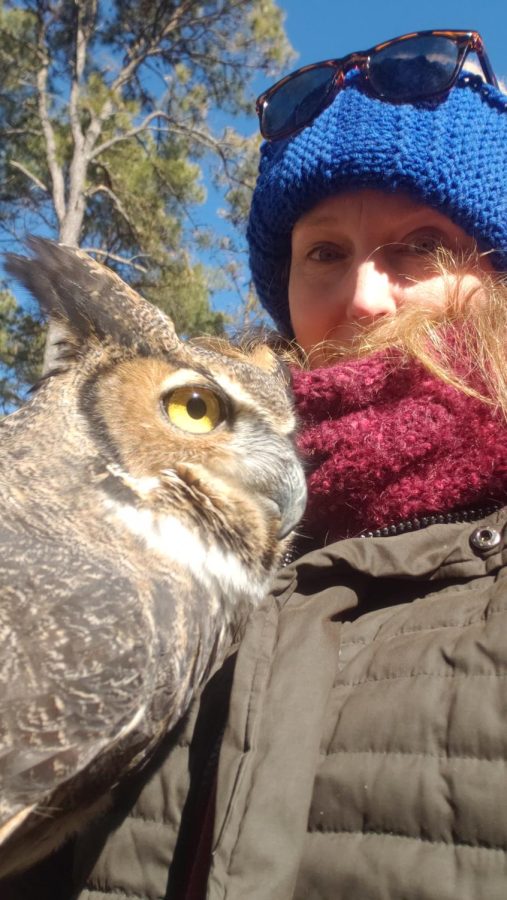
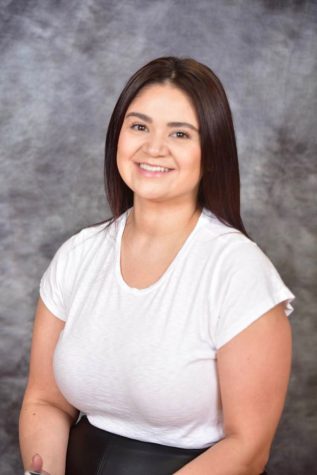
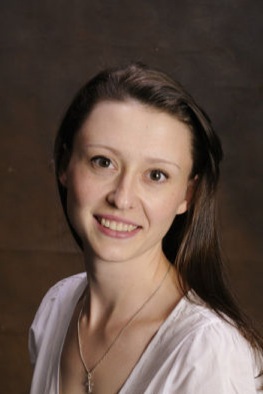
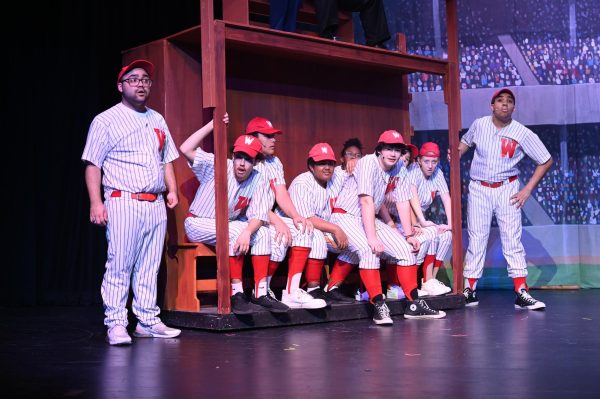


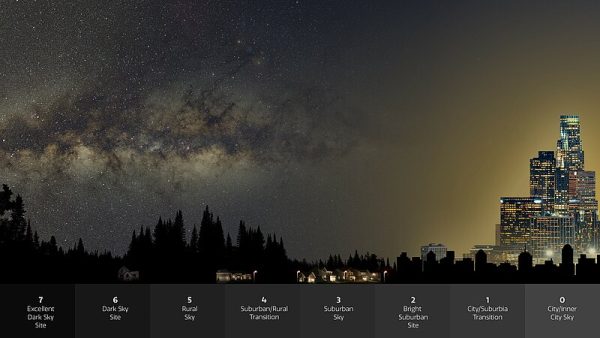
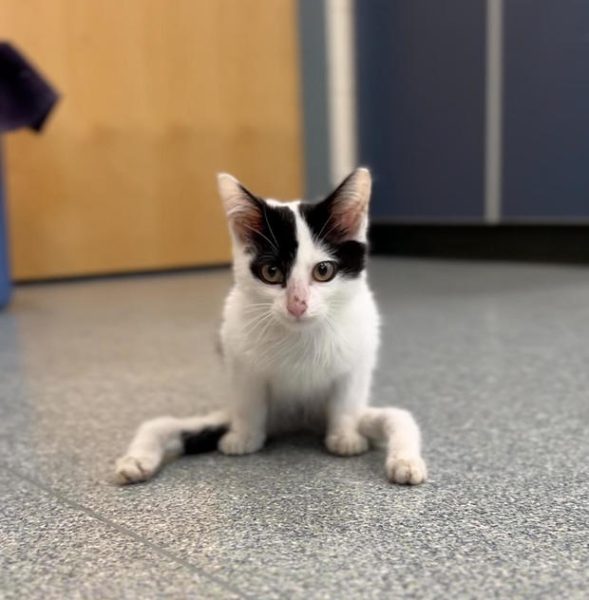
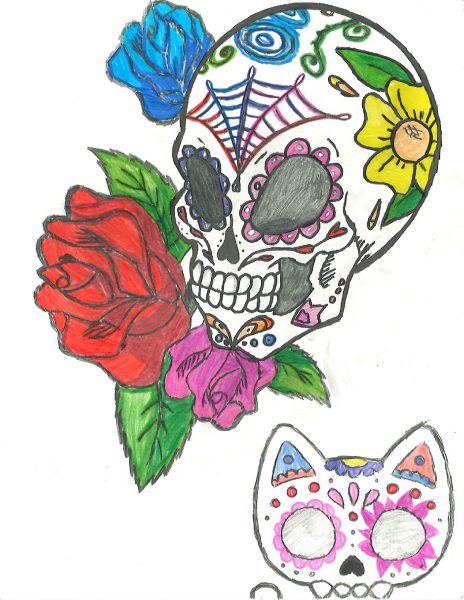
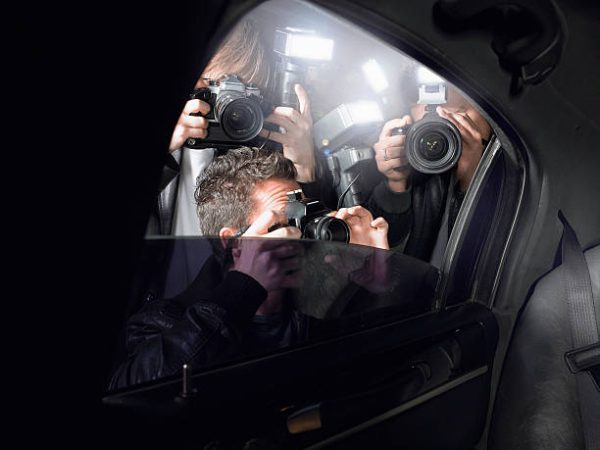
Gerry brown • Mar 2, 2022 at 8:17 am
Nice job wow it’s alot it must have took awhile I would never be able to write a article that big